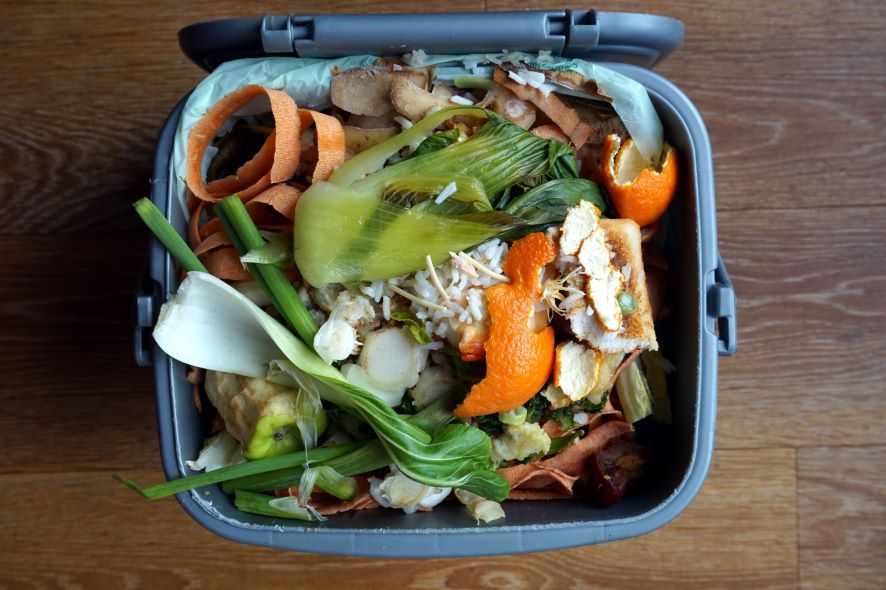Your green bin that holds your organic material is collected every week. See below for a list of acceptable materials and tips on how to get the most out of your green bin. Need a green bin? Pick one up from the County office, located at 55 Zina Street (10 Louisa Street entrance) in Orangeville.
You can also make your own compost by using a backyard composter. Backyard composters are available to purchase from the county for $35.
Acceptable Organic Material
Organics Tips
- Keep the kitchen container in a convenient spot, like under the kitchen sink or on the counter.
- Consider putting a container in your bathroom to collect tissues and toilet paper rolls.
- Line the kitchen container to keep it clean. Newspaper is effective and free, but you can also buy certified compostable bags.
- Remove any packaging from food or other compostable items before placing it in the bin to avoid contamination.
- On your regular collection day, put your Green Bin at the curb before 7 am to ensure you don’t miss the truck.
- The green bin does not have to be full to be collected, so you can put it out every week.
- Like garbage bins/bags, there is a weight limit to your green bin. Each green bin container must not exceed 20 kilograms (44 pounds). There is no limit to the number of green bins you can set out, and you can purchase additional bins for $15 at 55 Zina Street (10 Louisa Street entrance) in Orangeville.
- You can clean the green bin and kitchen container using vinegar, regular dishwashing soap, or baking soda.
Lining the Bin
Lining the green bin and/or kitchen container is a great way to keep them clean and prevent odours. There are a few options for lining the bin:
- No liner at all. Placing organics in the green bin loose is acceptable, but keep in mind that food may freeze to the bottom of the container in the winter and may require to be rinsed out more often if there is no liner.
- Newspaper or paper bags. We suggest wrapping compostable materials in newspaper or paper bags to absorb moisture, reduce odours and pests, as well as to help prevent materials from freezing to the bottom of the green bin in the winter.
- Certified compostable bags. Some residents may prefer the additional convenience of using certified compostable bags in the green bin or kitchen container. These liners are 100% compostable, come in sizes to fit both containers and will minimize odours, insects and leakage. The bags must have the compostable logo to be accepted. Please tie the bags instead of using twist ties.
Plastic bags (clear green plastic bags, shopping bags, garbage bags, etc.) are NOT permitted in the collection truck and will NOT be collected. However, another option is to duct tape a plastic bag into the green bin, so that it does not come out of the bin when the contents are collected.
Green Bin Frequently Asked Questions
Here are some answers to some commonly asked questions regarding your green bin. If you don’t find the answer to your questions, please contact Dufferin Waste at 519-941-2816 ext. 2620 or dufferinwaste@dufferincounty.ca.
